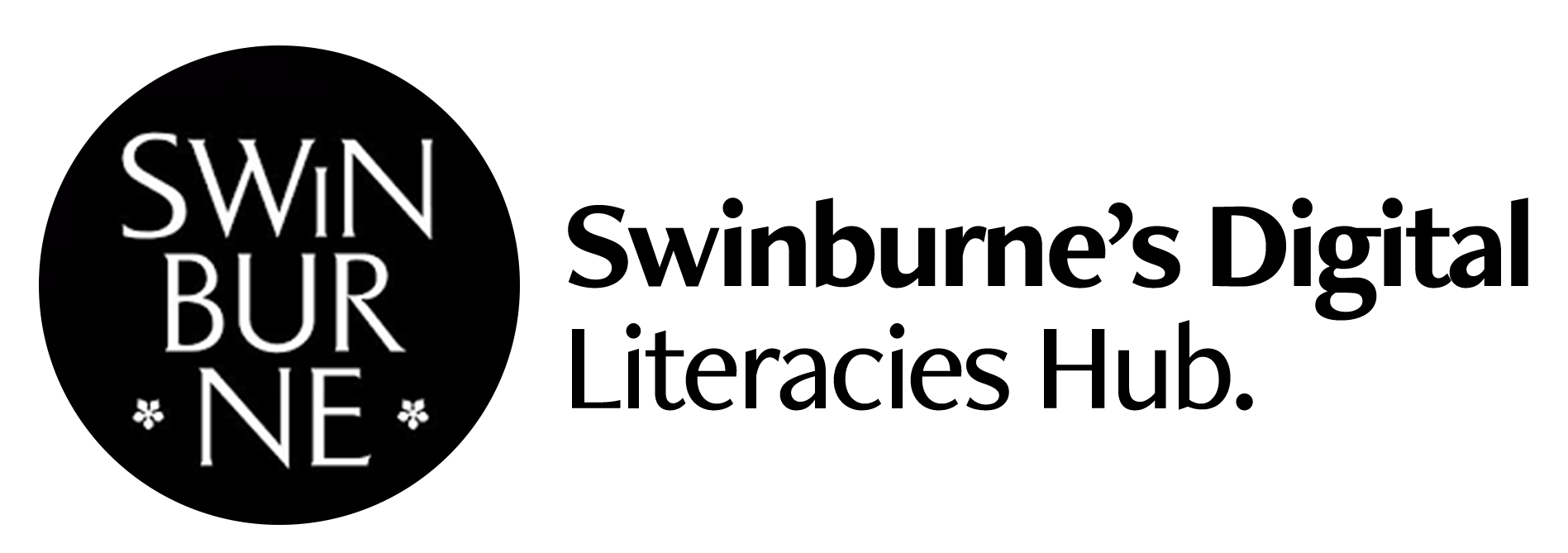Student Engagement & Graduate Research
Producing data-driven visuals to communicate original research
Pegah Maasoumi
Research
Research
Sylvia Mackie
Learning and Academic Skills Advisor
Learning and Academic Skills Advisor
Charlotte Coles
Research
Research
This project delivers integrated training in creating original research infographics, using Adobe Illustrator or Express, for Swinburne’s higher degree by research (HDR) students. By providing flexible micro-units for doctoral coursework and co-curricular programs, the project scaffolds students’ learning about visualisation technology over the course of their HDR journey, helping them to cumulatively develop skills in distilling data-driven visual stories from their own complex, original research. Integrating Adobe visualisation tools at all stages of the HDR learning journey offers an opportunity to embed technical and critical visualisation expertise into Swinburne’s research communities and provide joined-up teaching and support for HDR students.
Resources
In this lesson plan, HDR students are instructed to produce a visual narrative using Adobe Express to promote their original research on social media and then ethically self-evaluate their use of imagery. The purpose of the resource is to help emerging researchers:
• Draw on the Australian Code for the Publication and Dissemination of Research to use images responsibly
• Understand research integrity as it pertains to the use of images and visualisations
• Know how to find disciplinary norms and practice regarding the use of images in research - consider the ethical implications of modifying images for different audiences
You can use the rubric to help you assess the infographic (research visualisation) component from the lesson plan.
These resources are also available on the Adobe Education Exchange!
Problem
DR students often passively outsource visual expertise, thus becoming consumers of research imagery. A common response is to front-load skills training via ‘bootcamps’ at the start of HDR candidature. A more student-focused strategy, however, involves scaffolding learning about visualisation at relevant, appropriate stages across the whole graduate student experience.
Overview
We provided flexible, self-directed micro-units in research visualisation for doctoral coursework and co-curricular programs. These micro-units scaffold HDR students’ learning about visualisation over the course of their candidature, presenting opportunities for them to learn about data-driven research visualisation by doing it. As they move from modules in ‘critical visualisation’ to ‘ethical visualisation’ to ‘persuasive visualisation’, they cumulatively develop skills in distilling data-driven visual stories from their own original research. Our aim is for them to become visually astute researchers, capable of integrating technical and critical visualisation expertise into their own research groups.
Emergent Outcomes
First-year HDR students reviewed and critically evaluated literature relevant to their research topic and then used infographic tools alongside visual communication principles to create a poster demonstrating the knowledge gap in their research using evidence-based information such as statistics. Using Adobe CC Express enabled them to creatively design different elements of their infographics and tackle communication barriers.
Second/third-year HDR students created a visual narrative to promote their original research using Adobe CC Express and/or Adobe Premier Pro, and then ethically self-evaluated their use of imagery. Through this, they developed a critical awareness of the issues around image integrity that researchers need to consider when they modify their research imagery for consumption by different audiences.
Key Learnings
By scaffolding visualisation across students’ research journeys, we were able to facilitate technological literacy and critical awareness of data-driven visualisation at appropriate stages, as well as embedding technical and critical visualisation expertise into our research communities. We found this process chimed well with students’ research trajectories, as early-stage students focused on the background literature and establishing the ‘gap’ addressed by their proposed research and later students focused on distilling a visual story from the burgeoning complexities of their original research. We think that later iterations of the project would benefit from building in more creativity-oriented pedagogies, to interrogate boundaries between technical and artistic approaches to research promotion.
Digital Literacies Pillars
The project addressed the Digital Literacies Pillars in terms of digital information literacy (across all modules – particularly in the first-year module), technological literacy (across all modules), and critical digital literacy (across all modules).
Impact data
Our data shows that a high proportion of the nine participating first-year HDR students (85%) believed they already had a sophisticated level of digital literacy, even at an early stage of their graduate studies. Nonetheless, eight out of the nine first-year students who participated in the survey and all thirteen of the second/third-year students who participated in the survey reported that the program had increased their digital literacy. First-year students noted that they lacked familiarity with specific digital strategies and programs and looked forward to the “addition to [their] skills”. ‘Transferable’ communication skills are increasingly recognised as a key component of doctoral training and HDR students now embark on their studies with this expectation in mind. Second/third-year students mentioned using a wider range of specific products/platforms and focused more on their evaluation on developing their creativity and collaborating and connecting with others. We were pleased to see that a good proportion (70%) stated that they would use their visualisation to promote their research more widely, in some cases in an adapted form.
